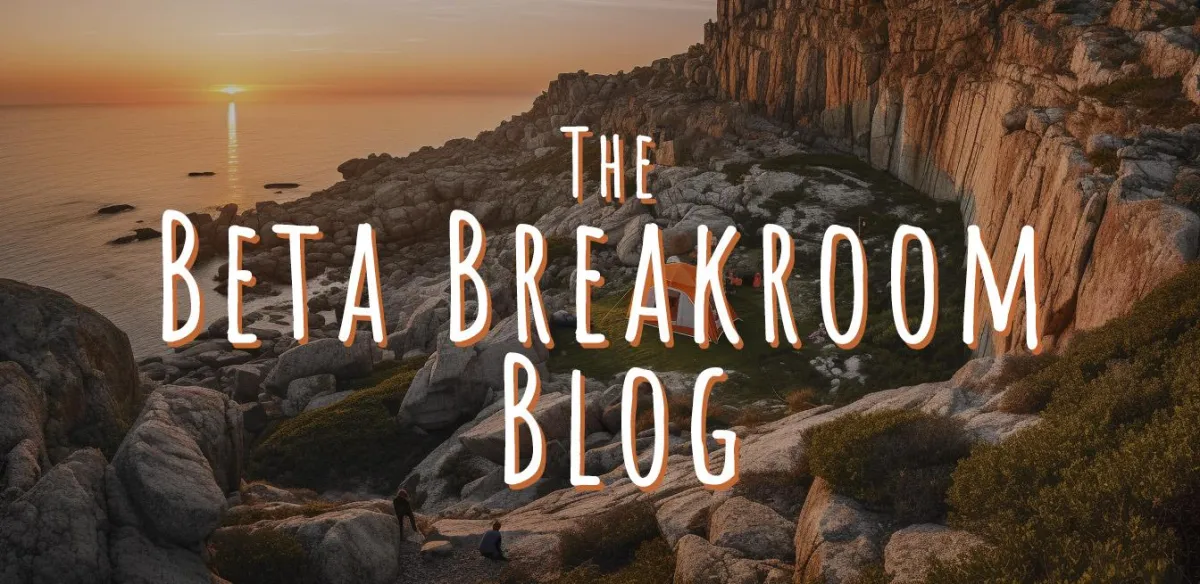
Granite, Sandstone, and Limestone. What's The Difference?
Choosing Your Climb: Sandstone, Limestone, and Granite
Rock climbing is an exhilarating journey of conquering vertical challenges, and the type of rock you climb on can significantly influence your experience. Three common types of rock formations frequently encountered by climbers are sandstone, limestone, and granite. In this blog post, we'll delve into the distinct characteristics of each rock type, exploring how they impact climbing style, technique, and overall climbing adventure.

Sandstone
Formation and Texture: Sandstone is a sedimentary rock composed of compacted sand particles, often giving it a distinctive grainy texture. This type of rock forms in layers over millions of years, resulting in an aesthetically pleasing and often colorful appearance.
Climbing Characteristics:
Features and Holds: Sandstone typically offers a variety of holds, including crimps, jugs, pockets, and slopers. The grainy texture can provide excellent friction for climbing, making it possible to smear on the rock surface.
Style: Sandstone climbing often involves intricate footwork and body positioning. The texture encourages climbers to trust their feet and search for the right holds, leading to technical, thoughtful climbing.
Erosion and Fragility: Sandstone can be more fragile than other rock types, particularly when it's wet or during certain seasons. Climbers must be conscious of their impact to avoid damaging the rock. This is especially true with particularly fragile desert sandstone in wet conditions, and it's generally advised to avoid climbing on wet sandstone to avoid damaging the rock. Sandstone in wetter climates tends to be stronger overall.
Well Known Sandstone Climbing: Red Rock Canyon in Nevada, Garden of the Gods in Colorado, and Red River Gorge in Kentucky.

Limestone
Formation and Texture: Limestone is a sedimentary rock primarily composed of calcite, formed from the accumulation of marine fossils and organic materials. It's known for its characteristic pockets, cracks, and sometimes sharp edges.
Climbing Characteristics:
Features and Holds: Limestone offers a wide variety of holds, with its distinct pockets and crimps to large blocky pinches. Pockets can vary in size and shape, requiring climbers to adapt their grip techniques.
Style: Limestone climbing often involves powerful moves and dynamic techniques due to the prevalence of pockets and sharp edges. Climbers often need to use their core and leg strength to control their body during strenuous moves.
Caveats: Limestone can be prone to polish over time, reducing friction and making holds smoother. Some limestone areas also have delicate features that require climbers to be cautious to avoid causing damage, especially after freezing and thawing cycles.
Well Known Limestone Climbing: Wild Iris in Wyoming, Rifle Mountain Park in Colorado, and Lake Travis in Texas.

Granite
Formation and Texture: Granite is an igneous rock formed from the cooling and solidification of molten magma deep within the Earth's crust. Its distinctive interlocking mineral crystals provide a textured surface for climbing.
Climbing Characteristics:
Features and Holds: Granite offers a variety of holds, including cracks, friction slabs, and features like crystals or knobs. The texture provides good friction for smearing and edging.
Style: Granite climbing often requires a mix of crack climbing, slab techniques, and balance-intensive moves. The unique features and crystals can require creative problem-solving to find the best holds and routes.
Durability: Granite is known for its durability and resistance to weathering, making it a favored choice for long-lasting climbing areas.
Well Known Granite Climbing: Yosemite National Park in California, Shenandoah National Park in Virginia, and The Needles in South Dakota.
Choosing Your Adventure
When selecting your climbing destination, understanding the rock type is crucial. Different rock formations demand various techniques and movement patterns, influencing your climbing style. Sandstone encourages precise footwork and thoughtful sequences, limestone challenges you with dynamic moves and powerful holds, and granite rewards you with diverse features and durability. Each rock type offers a distinctive climbing experience, so consider your strengths, preferences, and the challenges you're eager to embrace as you embark on your next adventure. Each rock type invites you to explore its unique features and discover the joy of movement and accomplishment on the wall.
Love this content? Sign up for more!
535 Edwardsville Rd. Suite 110 Troy, IL 62294






